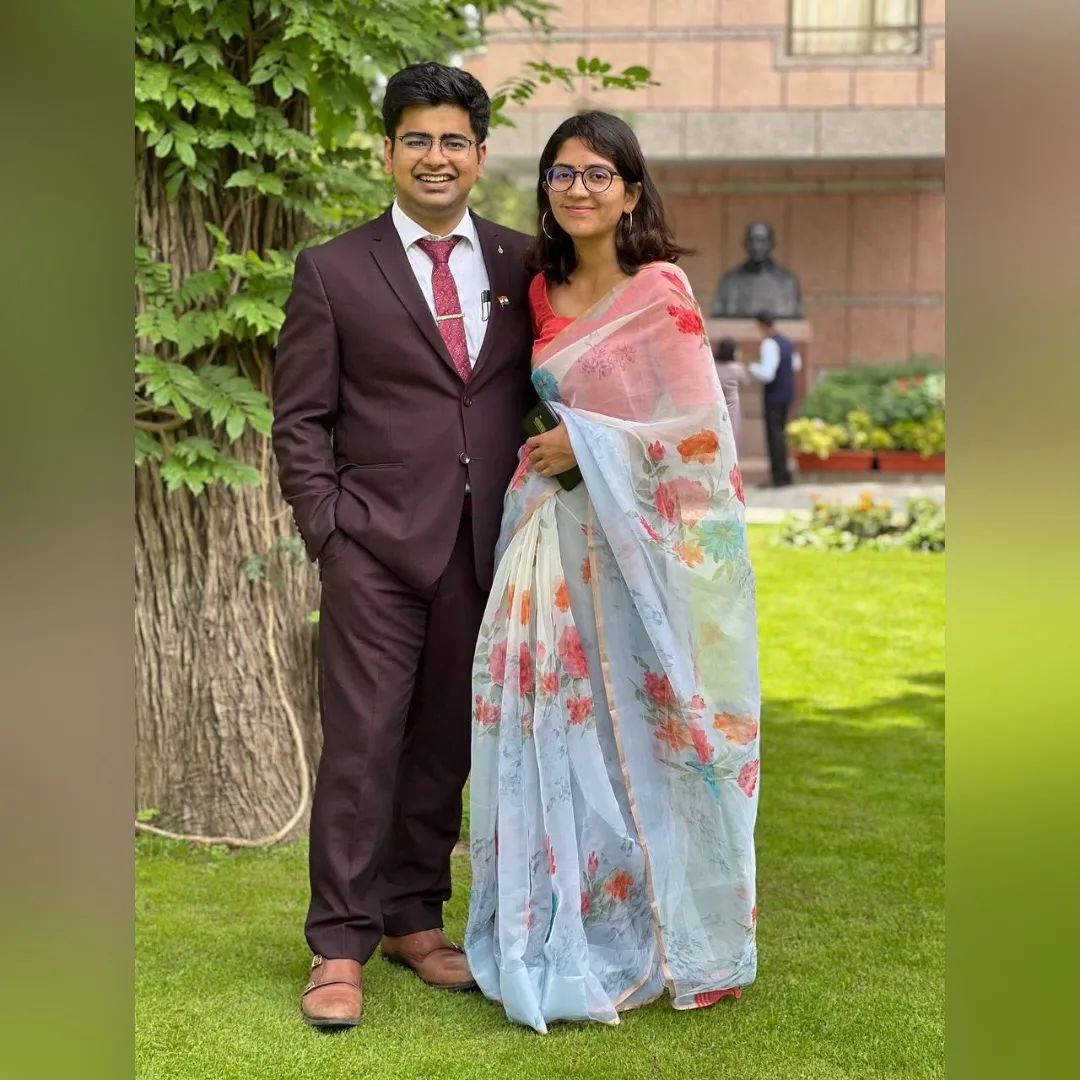
Table of Contents
Crop Combination:
A crop combination is the sum of all the crops that are grown in a certain place at a certain time.
• Crop combination is the study of how different crops use the land in a given place over the course of an agricultural year.
The study of crop combinations is an important part of agriculture. It provides a good basis for regionalizing agriculture and helps come up with a plan for agricultural development. Crops are usually grown together, and it’s rare for one crop to be the only one there.
• Crop distribution and concentration maps are interesting and can help you figure out the density and concentration of each crop. However, it is even more important to see how all the crops in an area fit together.
• For example, dividing India into rice or wheat regions doesn’t explain why the wheat or rice regions often also have mustard, gramme, pulses, and maize. This is important from a farming point of view.
How to Figure Out Crop Combinations
• A systematic study of the crop combinations is very important for planning if you want to know everything there is to know about the agricultural mosaic of an area. The ways that crop combination regions are set up can be put into two groups: the random choice method and the statistical method.
The Arbitrary Choice Method:
• In this method, only the first two or three crops in the area are used. The rest of the crops are left out of the mix. This method is not scientific because the crops are taken out of the mix without taking into account how much land they take up or how much money they are worth.
The Statistical Method:
• This method is more scientific and accurate because it is based on a statistical formula. It can be used to group crops in an objective way.
Weaver (1954) was the first person in the field of agricultural geography to use statistical methods to divide the Middle West (USA) into crop combination areas.
• Weaver used acreage data to try to figure out where the agricultural areas of the Middle West (USA) are.
• Weaver figured out how much of the total cultivated land in each of the 1081 counties he studied was used by each crop that took up as much as 1% of the total cultivated land.
• He came up with a strict method that would be objective, consistent, and easy to repeat. It would also give the same results in different years and places.
• In his work, Weaver determined the difference between the real percentages of crops (occupying 1% of the cropped area) and a theoretical curve for the standard measurement. The standard measurement was used in the following way:
• The standard deviation method was used to figure out what the smallest deviation was:
Where “d” is the difference between the true crop percentage in a given country (areal unit) and the correct crop percentage in the theoretical curve, and “n” is the number of crops in a given combination.
Weaver pointed out that the relative, not the absolute, number was important, so square roots were not taken out. Instead, the following formula was used:
• To show how Weaver’s method works, we can look at the Gorakhpur district, where rice made up 48 percent of all products grown in a year, wheat made up 23 percent, barley made up 15 percent, sugarcane made up 6 percent, and pulses made up 5 percent.
• A 3-crop combination has the least difference between the real percentage and the theory curve. This finding showed that the basic combination of crops for the district of Gorakhpur is rice, wheat, and barley. It also showed that there are three crops in this combination.
• When Weaver’s method is used with data from 2003 to 2006 at the district level, India gets the following eight crop combos.
• An investigation shows that rice is the only crop grown in the lower Brahmaputra Valley, West Bengal, Odisha, and coastal Andhra Pradesh. In Western Rajasthan, on the other hand, Bajra is the main crop.
• In Punjab and Haryana, the combination is made up of rice and wheat. In the western part of Uttar Pradesh, the mixture is made up of wheat, rice, and sugar cane.
• In the rest of the country, the number of crops grown at the same time ranges from four to eight. Wheat, rice, maize, gramme, barley, ragi, pulses, oilseeds, cotton, sugarcane, bajra, and millets from different crop associations are mixed together in these mixtures.
Weaver’s method has been well-received and used to divide up crop-combination regions. This is because it makes it possible to group crops in the right way. High crop diversification groups, on the other hand, get the most complicated combinations from this method. The problem with this method, though, is that it takes a lot of work to figure out.
Indian Crop Combination Regions
• J.T. Coppock’s method of least squares, which he used in 1964, has been used to figure out the crop mixture regions.
There are 11 first-ranking crops that take up enough land to warrant separate treatment: rice, wheat, jowar, maize, bajra, ragi, gramme, pulse, sugarcane, cotton, and oilseed. The first-ranking crops are those that take up the most land in the component areaal unit.
So, India has been split into 11 first-order crop zones or areas. To show how the transitional areas are used for farming in a more useful way, the crop zones that were made this way have been split into regions with dominant crop combinations.
















